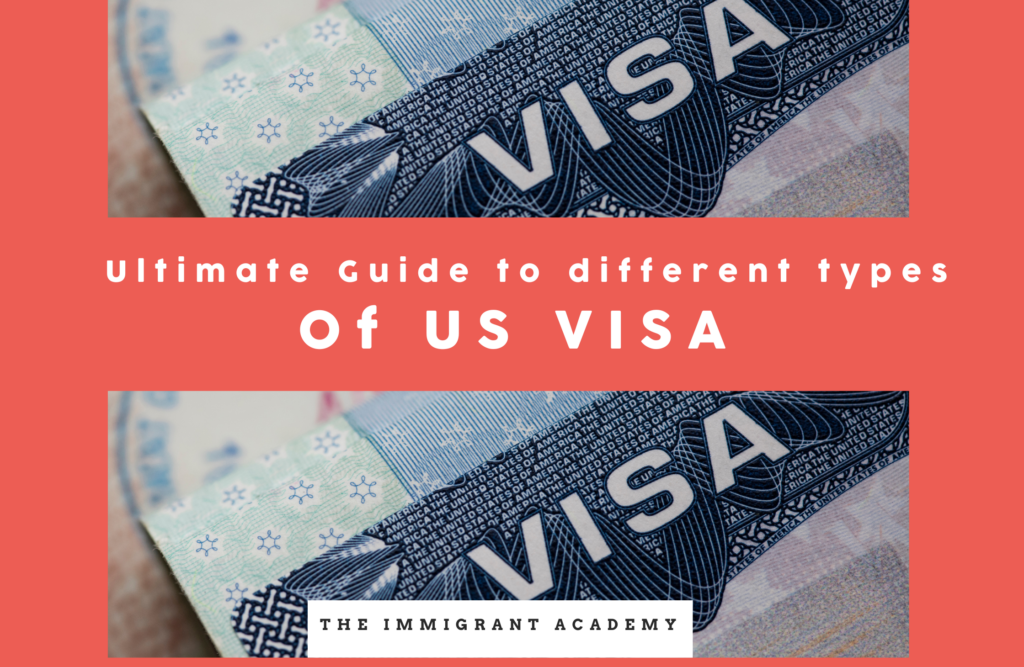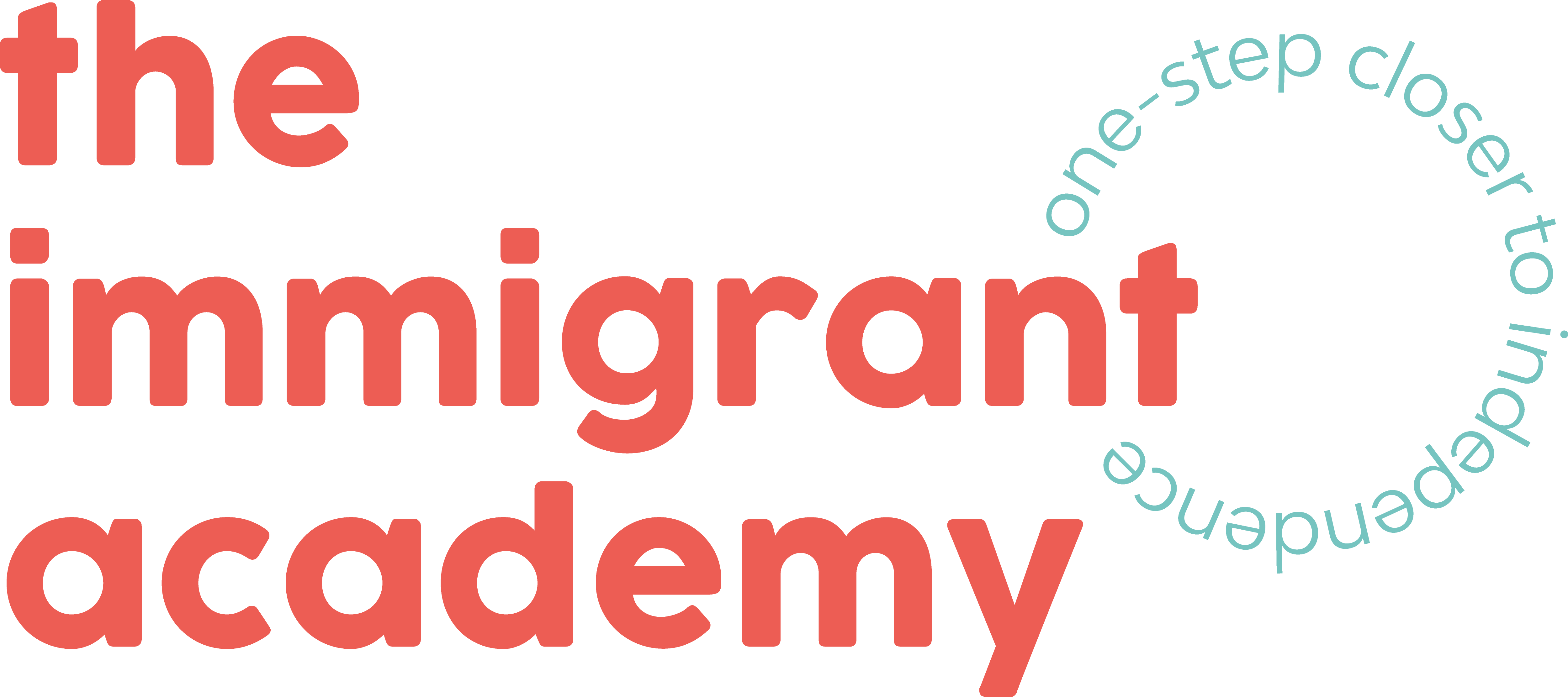
1. Non-Immigrant Visa
Non-immigrant visas are for those planning to stay temporarily in the U.S. I remember meeting several individuals during my work with immigrant communities who came to study or work under these categories.
a. B-1/B-2 Visitor Visa
- Purpose: Perfect for short trips—whether it’s for tourism, business meetings, or even medical treatment.
- Eligibility: You need to prove you’ll return to your home country after the visit.
- Duration: Typically up to 6 months, with the possibility of extension.
b. F-1 Student Visa
The F-1 visa is one of the most popular non-immigrant visas for those seeking education in the U.S. I’ve interacted with many bright students who started their American dreams with this visa.
- Purpose: For those accepted into a U.S. educational institution.
- Eligibility: You’ll need proof of admission to a SEVP-approved school, financial support for your education, and a valid I-20 form.
- Duration: Covers the length of your academic program, plus a 60-day grace period post-completion. Additionally, F-1 students may apply for Optional Practical Training (OPT) to gain work experience related to their field of study.
- Restrictions: F-1 students are typically allowed to work on campus up to 20 hours per week during the academic term.
c. H-1B Temporary Worker Visa
The H-1B visa is highly sought after by skilled professionals, and I’ve seen many ambitious individuals use this visa as a stepping stone in their careers.
- Purpose: Designed for professionals in specialty occupations such as IT, engineering, finance, and healthcare.
- Eligibility: You must have a U.S. job offer in a role that requires specialized knowledge and a minimum of a bachelor’s degree. The employer must file a petition on your behalf.
- Duration: Initially granted for 3 years, with the possibility of extension up to 6 years.
- Additional Info: H-1B visas are subject to an annual cap, with a lottery system determining who gets selected. There’s also an exemption for U.S. master’s degree holders.
d. L-1 Intracompany Transferee Visa
- Purpose: For those transferring within the same company to a U.S. branch.
- Eligibility: You should have worked for the company abroad for at least a year in the last three years.
- Duration: Up to 7 years for managers and executives.
2. Immigrant Visa
These visas are for those who plan to live in the U.S. permanently. I’ve seen how life-changing these can be for families looking to build a new future.
a. Family-Based Immigrant Visa (F-1 to F-4 Categories)
- Purpose: To reunite families.
- Eligibility: U.S. citizens or permanent residents can sponsor immediate relatives or eligible family members.
- Process: Your U.S. relative files a petition with USCIS.
b. Employment-Based Immigrant Visa (EB-1 to EB-5 Categories)
- Purpose: For those with job offers or significant achievements.
- Types:
- EB-1: For highly talented individuals in their field.
- EB-2: For professionals with advanced degrees or exceptional abilities.
- EB-3: For skilled workers and professionals.
- EB-5: For investors creating jobs through qualifying investments.
3. Specialty and Humanitarian Visas
Specialty visas serve specific needs and can offer crucial protection.
a. U Visa (Victims of Criminal Activity)
- Purpose: Designed for victims of certain crimes who assist in investigations.
- Eligibility: You must cooperate with law enforcement and show evidence of significant harm.
b. T Visa (Human Trafficking Victims)
- Purpose: Protection for human trafficking survivors.
- Eligibility: Cooperation with law enforcement and proof of trafficking are key.
c. Diversity Visa (DV) Lottery Program
- Purpose: A unique opportunity for individuals from countries with low immigration rates to the U.S.
- Process: Applicants must meet education or work experience requirements and be selected in the lottery.
4. Dependent Visas
Dependent visas allow families to stay together while the primary visa holder studies or works.
a. H-4 Visa (Dependents of H-1B Holders)
- Purpose: For spouses and children of H-1B visa holders.
- Eligibility: Proof of relationship with the primary visa holder.
- Work Authorization: Eligible H-4 spouses can apply for work authorization.
b. F-2 Visa (Dependents of F-1 Holders)
- Purpose: For families of F-1 students.
- Eligibility: Proof of relationship with the F-1 holder.
- Limitations: F-2 holders can’t work but may study part-time.
c. L-2 Visa (Dependents of L-1 Holders)
- Purpose: For families of L-1 visa holders.
- Eligibility: Proof of relationship with the primary visa holder.
- Work Authorization: L-2 spouses can apply for work authorization.
Understanding U.S. visas can seem overwhelming, but taking it step by step makes it manageable. I’ve met many who started their journeys unsure of the path ahead, only to find clarity and support along the way. Choosing the right visa is the first big step in starting a new chapter in your life. If you’re unsure which visa to pursue, reaching out to an immigration attorney or trusted advisor can make all the difference.
At Immigrant Academy, we understand how challenging this process can be. That’s why we’re here—to provide resources, community, and guidance every step of the way. Whether it’s finding the right visa, adjusting to a new culture, or restarting your career, we’re committed to helping you succeed.
